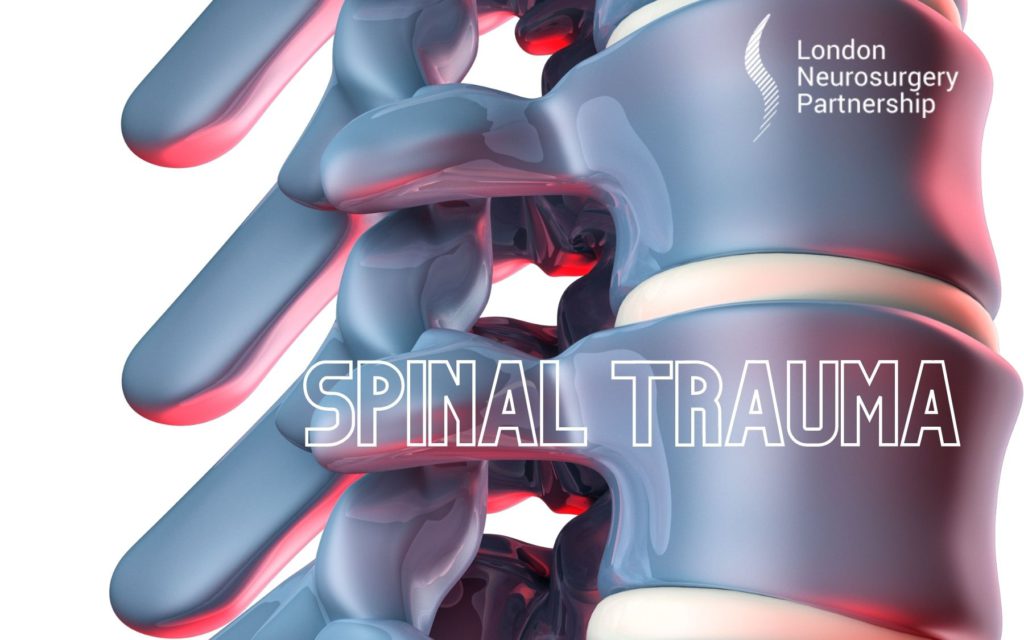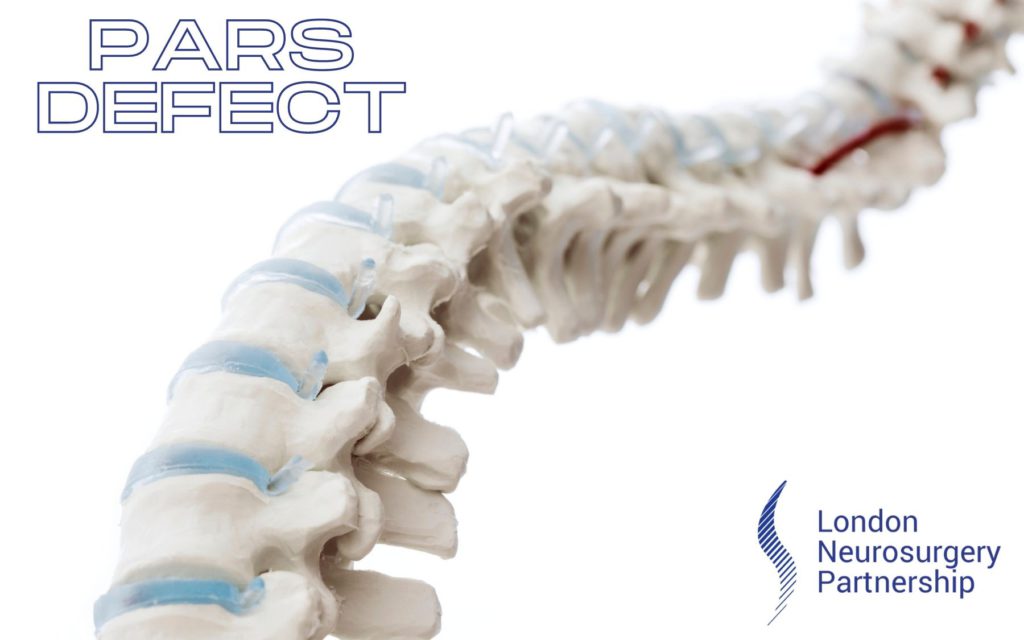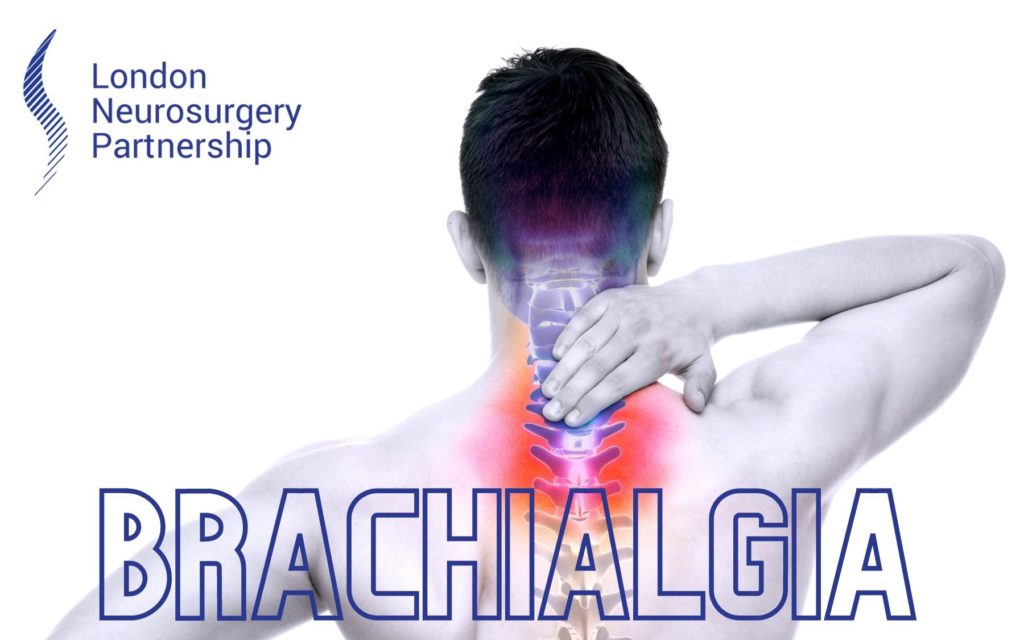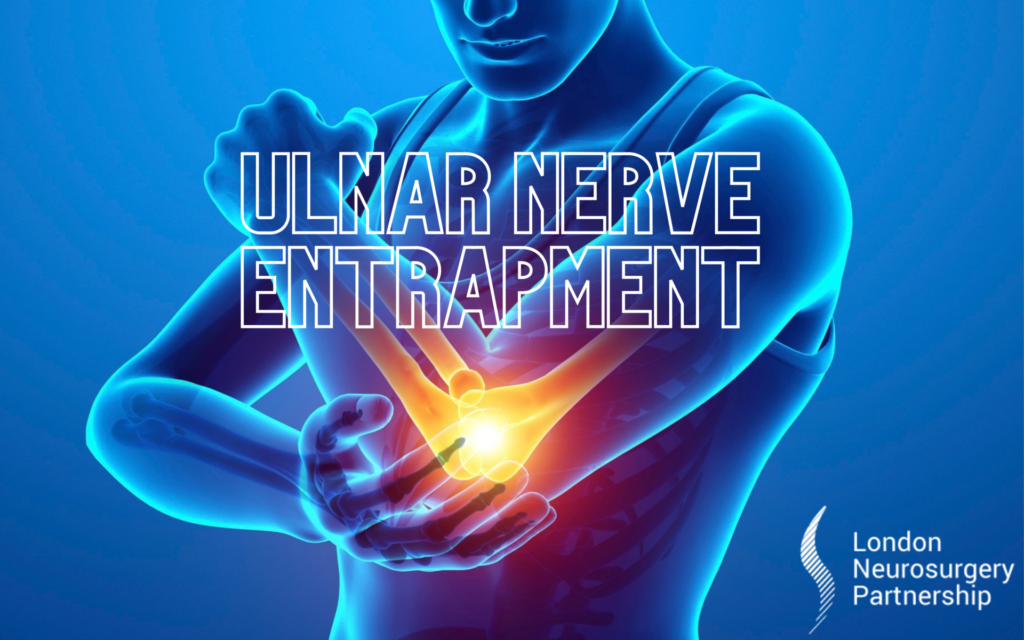
Spinal trauma can be divided in to spinal cord injury and spinal fractures although the two do interlink. Here we discuss spinal trauma and fractures.
Spinal fractures:
These are quite different from simply breaking an arm or a leg. The worry here is bony fragments from the fracture or dislocation of the vertebra may pinch or squash the nerves or the spinal cord. Injuries can range from mild ligament and muscle strains to major fractures and dislocations of the vertebrae leading to more serious consequences. More often than not fractures will heal themselves with conservative treatment, some more severe cases may require surgery to realign the bones to allow them to heal.
Symptoms:
Symptoms of a spinal fracture vary depending on the cause and location of the fracture. Symptoms can include:
- Pain in the back or neck
- Numbness and tingling
- Muscle spasm
- Weakness
- Bladder/bowel disturbance (severe cases)
- Paralysis (severe cases) – not all fractures cause spinal cord injury
Did you know….approximately 80% of patients seen for spinal fractures are aged 18-30 years, or over 65 (due to trips and falls).
Causes (approximate):
45% car accidents
20% falls
15% sports injury
15% acts of violence
5% miscellaneous
Types:
Fractures occur when more pressure or force is placed on the bone than it can withstand, causing it to break. There are a few different types of spinal fracture and these are associated with the method of injury.
- Vertebral body compression fractures – these are one of the most common spinal fractures and occur s a result of sudden vertical force on the vertebral body causing it to collapse and sometimes shatter. These can sometimes send shards of bone into the spinal canal – this is termed a burst fracture.
- Dislocations – this occurs when there is sudden forward motion of one section of the spine relative to another causing the ligament and/or disc to stretch or tear bringing the bones out of alignment. The problem here is if the dislocated vertebra can cause instability and compression of the spinal cord.
- Fracture-dislocation – these occur when the bone is broken and the ligaments are torn. Usually these are unstable and require surgical intervention.
SPINAL CORD INJURY:
An injury to the spinal cord is damage to any part of the spinal cord or cauda equina (bundle of nerves in the spinal canal). These injuries are severe and can cause permanent changes to the sensation and function below the site of the injury.
Spinal cord injury can be complete or incomplete:
- Complete: The loss of all sensory (feeling) and motor (movement) function below the site of injury
- Incomplete: The partial loss of all sensory (feeling) and motor (movement) function below the site of injury, there are different degrees of an incomplete spinal cord injury.
Signs and symptoms include:
- Loss of movement
- Loss or altered sensation
- Bladder and bowel disturbance or loss of control
- Altered sexual function
- Difficult breathing or coughing
- Pain due to damage of the nerves in the spinal cord
Causes of spinal cord injury:
- Traumatic spinal cord injury could be a result of a sudden impact to the spine which causes fracture, dislocation or compression of the spinal cord. It may be linked to a penetrating injury which passes through the spinal cord. Damage to the spinal cord could occur over a matter of weeks due to bleeding, swelling, fluid accumulation causing pressure on the spinal cord.
- Non-traumatic spinal cord injury can be a result of cancer, arthritis, infection or disc problems in the spine.
Whether caused by trauma or non-traumatic events the damage to the spinal cord can impact the function of the body below the level of injury.
This article is intended to inform and give insight but not treat, diagnose or replace the advice of a doctor. Always seek medical advice with any questions regarding a medical condition.
Back to spinal conditions.





0 Comments